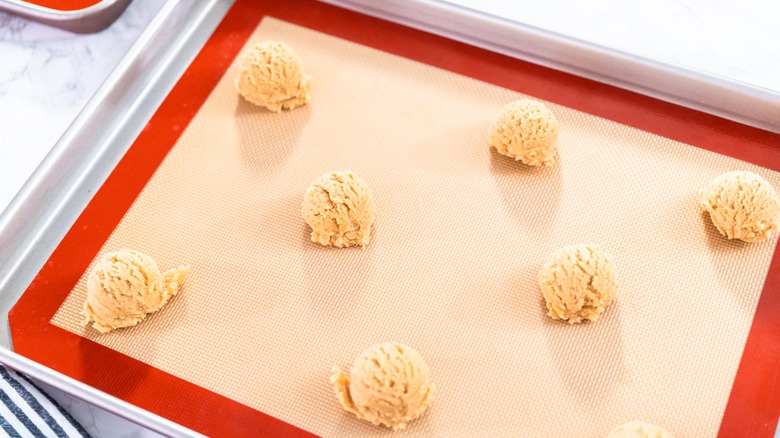Why You Should Never Let Silicone Baking Mats Cool Before Cleaning
Silicone is an incredible substance. It is resistant to degradation caused by both water and oxidation. Silicone is also extremely stable at both high and low temperatures, which is what makes it so versatile for use in the kitchen. The primary problem, however, is fats and oils can get cooked into the surface of your silicone baking mats, making them feel tacky.
The secret to getting rid of this might not be what you are expecting. To remove this sticky layer of built-up polymerized oils, you do not want to use an aggressive cleaning product, as this could damage the silicone. The trick is cleaning your mats while they are still hot.
Silicone is known for its thermal expansion. In other words, when it gets hot, the space between the molecules increases. This is the key to releasing the mat's grip on the polymerized oils so they can be more easily washed away without employing potentially damaging cleaners.
Warm isn't enough for cleaning silicone
Because it takes roughly an increase of 21 degrees Fahrenheit to expand silicone oils by 1%, warm water is not enough to achieve enhanced cleaning. Silicone is the exception to the typical cleaning rule, because it is best to clean your mats immediately after use. This increases the risk of burning your hands, so your primary concern is protecting them with a pair of heavy-duty, heat-resistant cleaning gloves.
Also, it is important to remember that as durable as silicone is for cooking applications, it is fragile in many other ways. For example, it tears easily. This is why, despite all the silicone cleaning hacks you might find online that advise using caustic or abrasive cleaners, the official advice from silicone baking mat manufacturers is to never go that route because it will shorten the lifespan of your baking mat. According to Silpat, for instance, it is best to wipe the silicone clean with a damp, soft sponge. If soap is used, only a weak solution is safe. According to the company, that oily feeling and slight discoloration are typical symptoms of regular use, so they shouldn't be too alarming.

